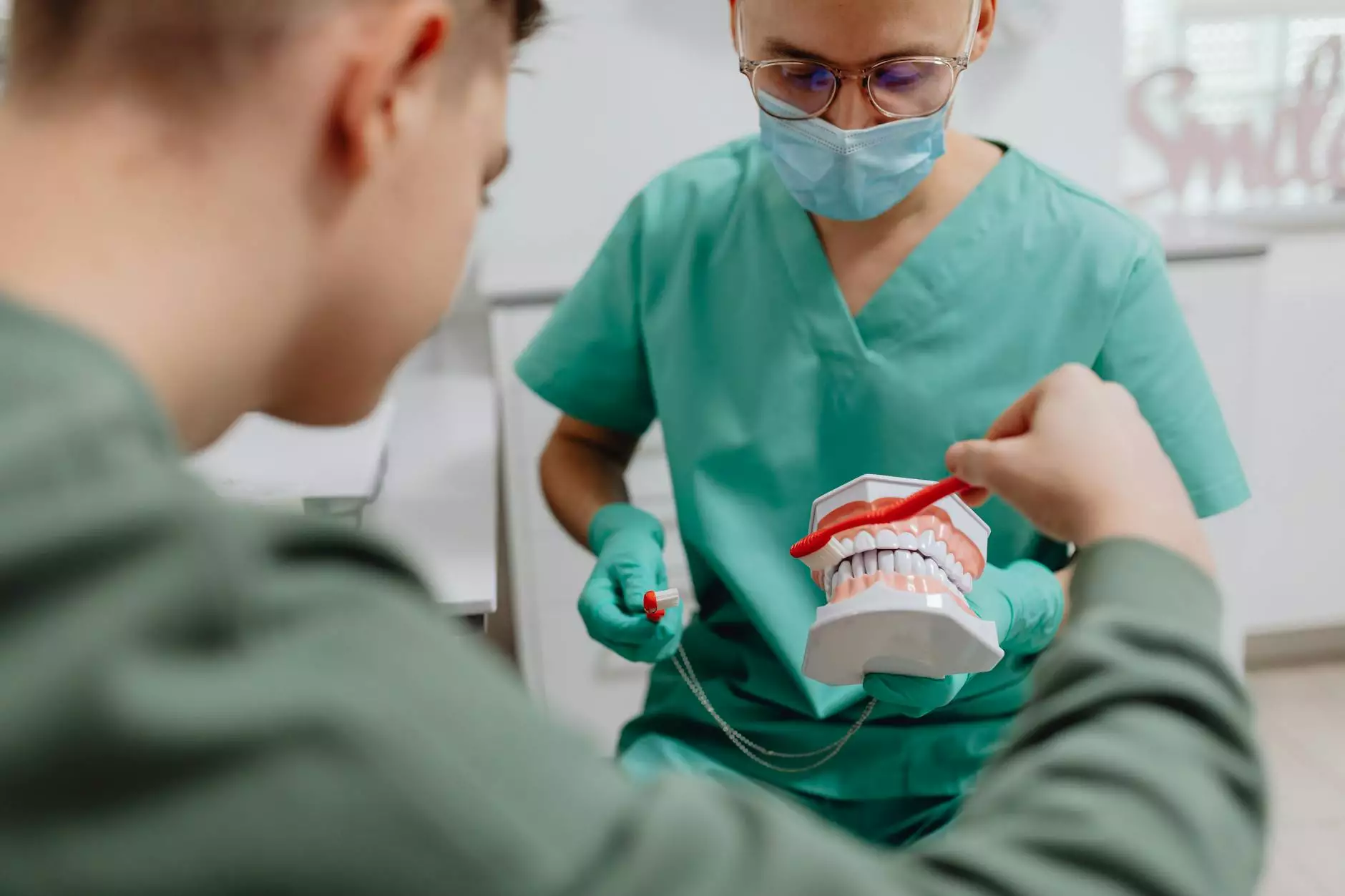Lung Cancer Screening: Why Early Detection Matters

Lung cancer remains one of the most lethal forms of cancer globally, contributing significantly to cancer-related deaths. The key to combating this menace lies in early detection through lung cancer screening. This article delves into the importance of lung cancer screening, how it works, who it is for, and its wider implications in health and medical care, including its integration into sports medicine and physical therapy.
Understanding Lung Cancer Screening
Lung cancer screening is primarily aimed at identifying lung cancer at an early stage when it is most treatable. The most common method for screening is the low-dose computed tomography (LDCT) scan. This advanced imaging technique utilizes a lower dose of radiation compared to standard CT scans and can significantly improve early detection rates.
Importance of Early Detection
Detecting lung cancer early can drastically improve treatment outcomes. The survival rate for localized lung cancer is significantly higher compared to advanced stages. In fact, data shows that when lung cancer is diagnosed at a localized stage, the five-year survival rate can exceed 50%. Screenings can lead to earlier interventions that save lives.
Key Benefits of Lung Cancer Screening Include:
- Early Diagnosis: Catching cancer before it spreads.
- Informed Decision Making: Providing patients with crucial information for treatment options.
- Reduced Mortality Rates: Associated with improved screening programs.
Who Should Get Screened?
The U.S. Preventive Services Task Force recommends lung cancer screening for individuals who meet certain criteria. These include:
- Aged 50 to 80 years
- A history of heavy smoking (30 pack-years)
- Current smokers or those who have quit within the last 15 years
It is essential for individuals to discuss their smoking history and risk factors with their healthcare providers to determine their eligibility for screening.
The Screening Process
The screening process for lung cancer is relatively straightforward. Here’s what it typically involves:
- Consultation: Discussing your medical history and any previous issues related to lung health.
- Preparation: Understanding the procedure and addressing any concerns (like radiation exposure).
- LDCT Scan: Undergoing the scan, which takes less than 30 minutes.
- Follow-up: Analyzing results and discussing possible next steps based on findings.
Screening Results and Further Steps
After the lung cancer screening, results can vary. Here are potential outcomes:
- Negative Result: No signs of cancer; regular screening is recommended.
- Positive Result: Further testing will be needed, such as biopsies or additional imaging.
- Indeterminate Result: This may require more monitoring or tests.
The Role of Healthcare Providers
Healthcare providers play a critical role in the lung cancer screening process. They evaluate patient eligibility, discuss the benefits and risks, and offer personalized recommendations. Their knowledge about current screening guidelines and advancements in lung cancer treatment is vital.
Integrating Lung Cancer Screening into Holistic Health Practices
Health & Medical professionals increasingly recognize the importance of integrating lung cancer screening into a broader health management strategy.
The Intersection of Sports Medicine and Lung Cancer Screening
For those involved in sports, lung health can impact overall physical performance. Athletes who smoke or are at risk should consider screening as a preventive strategy. Regular lung cancer screening can help ensure that athletes maintain peak respiratory health, allowing for better performance and reduced downtime due to illness.
Physical Therapy and Post-Screening Recovery
In instances where lung cancer is diagnosed, physical therapy plays a crucial role in rehabilitation. Exercises can improve lung function, enhance stamina, and promote a better quality of life during and after treatment. Physical therapists can help tailor exercise regimens that accommodate the patient's needs, especially post-surgery or during chemotherapy.
Overcoming Barriers to Screening
Despite the clear benefits of lung cancer screening, barriers still remain. These may include:
- Awareness: Many at-risk individuals are not aware of the benefits of screening.
- Accessibility: Limited access to healthcare or screening facilities.
- Cost: Concerns about insurance coverage and expenses.
Efforts to overcome these barriers include community education programs, increased insurance coverage for screenings, and mobile screening units that can reach underserved areas.
The Future of Lung Cancer Screening
As technology advances, the future of lung cancer screening looks promising. Innovations in imaging and biomarker research may lead to more efficient screening methods. Additionally, public health initiatives aim to increase awareness and encourage at-risk populations to prioritize their lung health.
Conclusion: The Call to Action
Lung cancer screening is a critical step in the fight against one of the deadliest cancers. With early detection, individuals can receive timely interventions that could save their lives. As healthcare continues to evolve, integrating lung cancer screening into routine health checks, especially for at-risk populations, must become a norm.
For those who meet the criteria for screening, consult your healthcare provider today to discuss the potential benefits of lung cancer screening in your life. Don't wait until symptoms arise—take proactive steps for your health, and consider lung cancer screening as part of your health strategy.
Whether you are a health enthusiast, an athlete, or someone seeking general wellness, prioritizing lung health through screening is an investment in yourself and your future. Together, we can reduce the impact of lung cancer and promote a healthier society.








